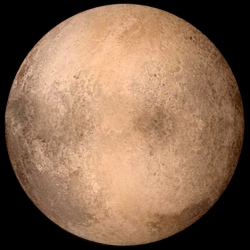
NASA’s K2 mission confirmed nearly 100 new exoplanets. This brings the total number of new exoplanets found with the K2 mission up to almost 300. “We started out analyzing 275 candidates, of which 149 were validated as real exoplanets. In turn, 95 of these planets have proved to be new discoveries,” said U.S. doctoral student Andrew Mayo at the National Space Institute.
“This research has been underway since the first K2 data release in 2014.” Mayo is the main author of the work being presented in the Astronomical Journal.
The research was conducted partly as a senior project during his undergraduate studies at Harvard College. It also involved a team of international colleagues from institutions such as NASA, Caltech, UC Berkeley, the University of Copenhagen, and the University of Tokyo. The Kepler spacecraft was launched in 2009 to hunt for exoplanets in a single patch of sky, but in 2013, a mechanical failure crippled the telescope. However, astronomers and engineers devised a way to repurpose and save the space telescope by changing its field of view periodically. This solution paved the way for the follow-up K2 mission, which is still ongoing as the spacecraft searches for exoplanet transits.
These transits can be found by registering dips in light caused by the shadow of an exoplanet as it crosses in front of its host star. These dips are indications of exoplanets, which must then be examined more closely in order to confirm their nature. Exoplanetary research is a relatively young field. The first planet orbiting a star similar to our own sun was detected in 1995. Today some 3,600 exoplanets have been found, ranging from rocky Earth-sized planets to large gas giants like Jupiter.
